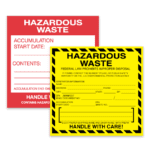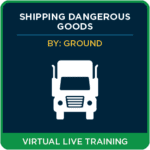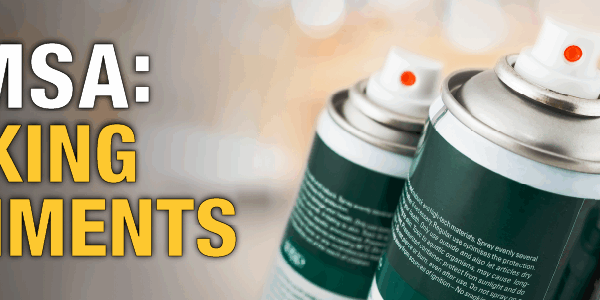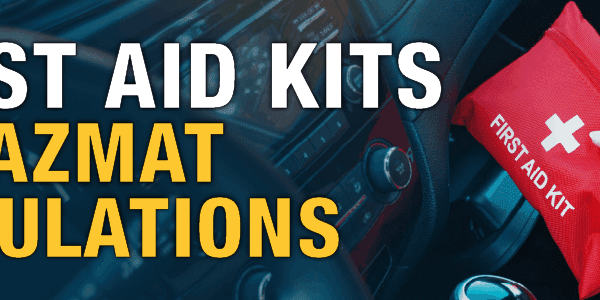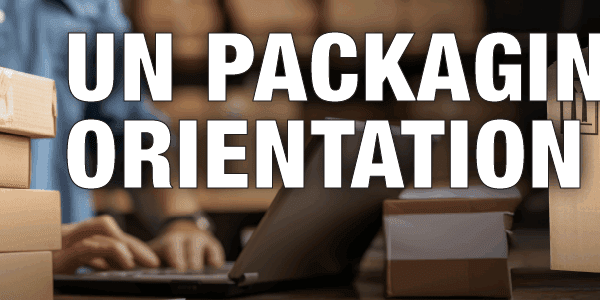It’s the End of HWIN, the Start of HWP – New System for Ontario Wastes
The thousands of waste generators who ship waste within, from or to the Canadian province of Ontario will probably be familiar with something called HWIN – the Hazardous Waste Information Network. But on January 1, 2023, that system ended, and was replaced with a new online system, the Hazardous Waste Program (HWP) Registry. This moves the specific oversight from the Ontario Ministry of the Environment, Conservation and Parks to the Resource Productivity and Recovery Authority (RPRA). As of January 1, 2023, businesses and institutions subject to Ontario’s Regulation 347: General – Waste Management must report their activities and pay fees through RPRA’s new system.
What’s Changing?
The general function of this new system will be the same – to enable Ontario’s environmental authorities to oversee and manage hazardous wastes generated or disposed of in Ontario safely. The majority of reporting, including manifesting, will be much the same. But here are some changes that will, it’s hoped, make the system simpler and more effective:
- Reports must now be done through the new registry. HWIN will not accept entries after the end of 2022.
- Paper manifests will no longer be issued. All manifesting must be done through the HWP Registry site.
- The annual registration requirement for each generating facility will be ended.
- Generators can delegate reporting and fee payment.
- Carriers and receivers (waste disposal facilities) must create registry accounts, in addition to generators.
- The system will accept bulk data transfers for high volume manifesting.
- There will be a mobile app called HazTrack to allow manifests to be signed electronically during transport. This is compatible with iOS and Android devices. RPRA has provided a video on how to sign in and navigate through it.
- Emergency Generator Registration for spill cleanups can be done through the Registry.
Getting More Information
As with any new digital system, this may take a while for users to familiarize themselves with, and there may be some bugs in the early days. Here are some resources from RPRA to make the transition easier:
- Overview video
- Materials used for presentations on the program for generators in late 2022
- Frequently asked questions (FAQ), based on questions asked during information sessions with RPRA
- Email address for questions about the HWP Registry at [email protected]
Conclusions
So, it’s out with the old (HWIN) and in with the new (HWP). Ontario generators will still have an electronic system to eliminate some of the drudgery of hazardous waste paperwork. But remember to get switched to the new system before your next waste shipment.
Do you have any questions about hazardous waste transport and how the various regulations affect it?
Contact our team of regulatory experts to learn more.
Stay up to date and sign up for our newsletter!
We have all the products, services and training you need to ensure your staff is properly trained and informed.
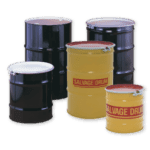 Salvage Drums |
|
References:
RPRA, Hazardous Waste Program Registry
RPRA, Resources for Generators, Delegates and Carriers
Environmental Science and Engineering, New online registry launches for reporting hazardous waste in Ontario
Cision, RPRA Launches Digital Hazardous Waste Program Registry


